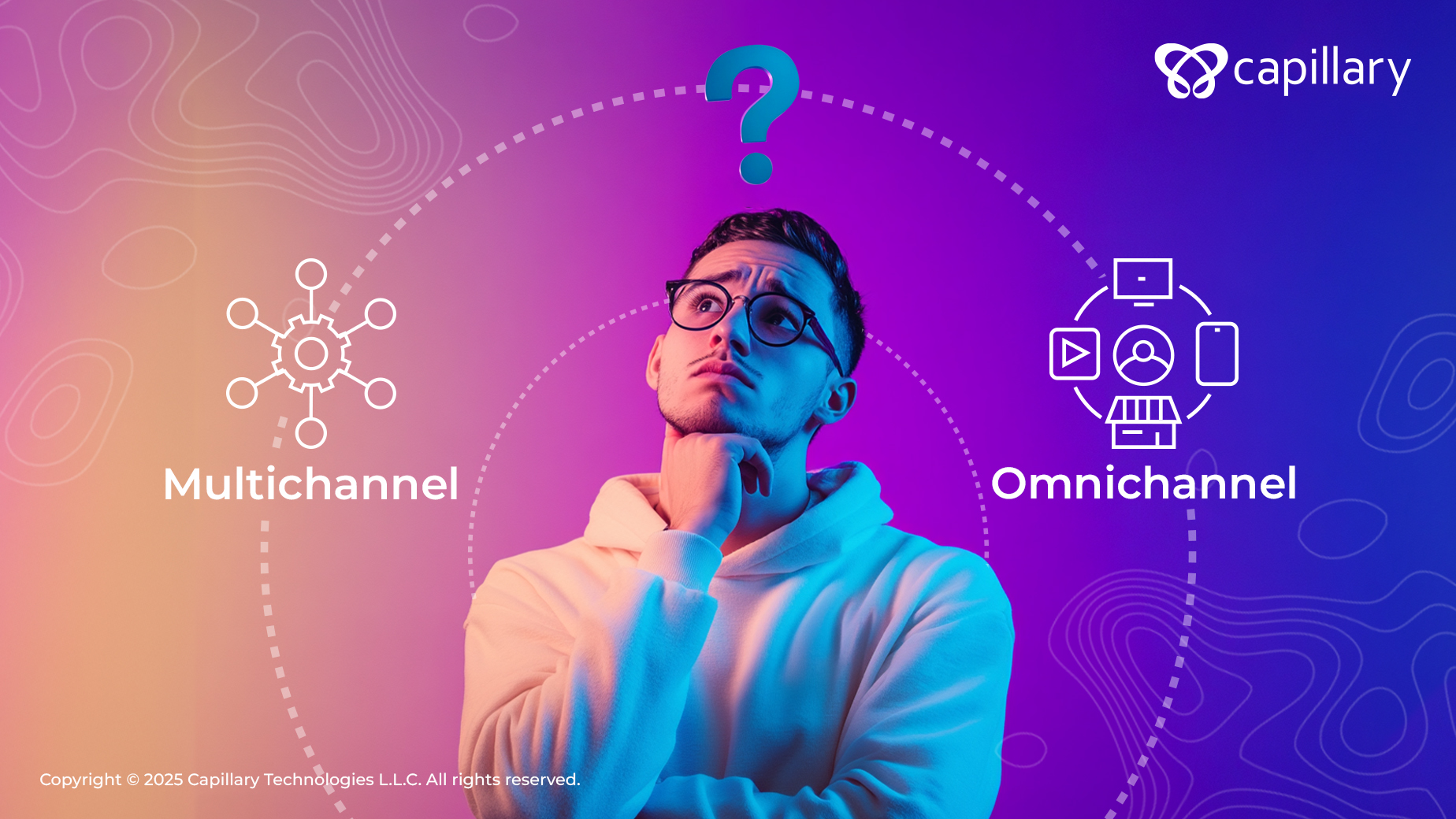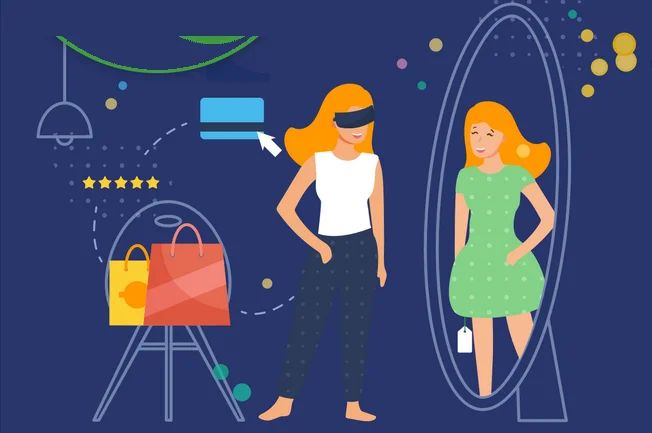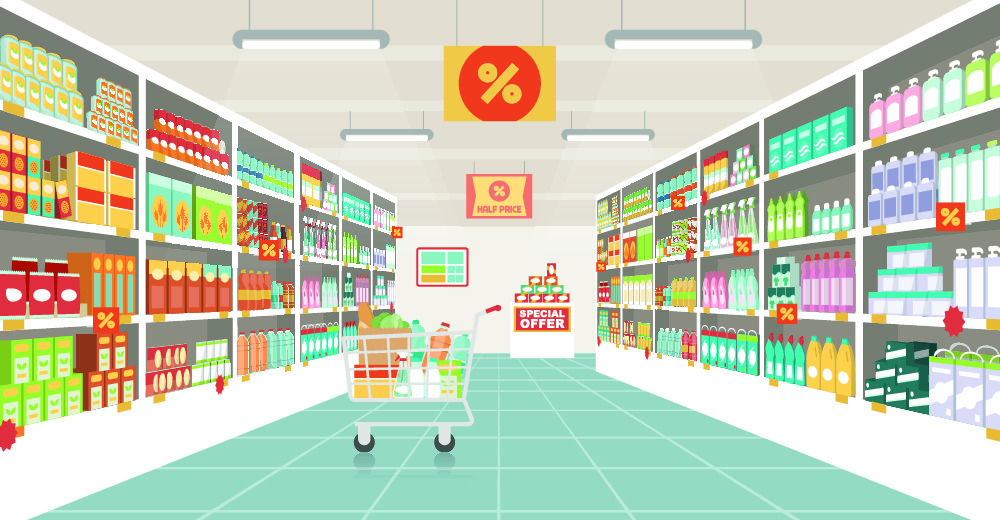- Design industry shaping loyalty programs
- Integrate easily and go live quicker
- Deliver hyper-personalized consumer experiences
Blue Rewards from Al Futtaim Group Shares Loyalty Success Stories and Evolution. Watch Podcast >
Capillary Triumphs with 4 Prestigious Wins at the 2025 International Loyalty Awards! Read more >

In today’s always-on retail world, just being present on multiple platforms isn’t enough. Customers expect more—fluidity, personalization, and the ability to move between channels without starting over.
That’s where the difference between multi-channel and omnichannel commerce becomes crucial.
Multi-channel commerce is when a business sells and engages with customers through various independent channels, such as physical stores, websites, mobile apps, marketplaces, and social media.
Each channel works on its own. For instance, your website may have its own inventory and promotions, while your physical store operates separately.
The result? Customers might be able to browse in one place and buy in another, but the experience isn’t connected or consistent.
Think of it as multiple lanes, without a bridge between them.
Omnichannel commerce takes everything multi-channel offers and brings it together into a seamless ecosystem. It’s about delivering one unified brand experience across all customer touchpoints—whether that’s online, offline, on mobile, or in-store.
In an omnichannel setup, the customer is at the center. Their preferences, behavior, and history inform every interaction, so no matter where they engage, the experience feels tailored and continuous.
It’s not just about being everywhere—it’s about being connected everywhere.
Technology has fundamentally changed how we shop. Customers are hyper-connected, constantly switching devices and channels—and they expect the brand to keep up.
According to a Forrester report, 75% of consumers switch channels mid-journey if their needs aren’t met, and they don’t want to start from scratch each time.
Imagine this: You buy a shirt from a mall store, but can’t return it online—you have to drive back. That’s multi-channel.
Now imagine buying the same shirt, and your app automatically shows a return option, pickup schedule, and refund status. That’s omnichannel.
Modern customers don’t just want access—they want ease and continuity.
An omnichannel retailer goes beyond channel expansion. They integrate everything—inventory, systems, loyalty, marketing, and service—to deliver a unified experience.
Here’s what that looks like:
Brands like Nike, Starbucks, and Sephora excel at this, blurring the lines between digital and physical retail.
The difference between multi-channel and omnichannel isn’t just technical—it’s experiential.
Multi-channel is about presence. Omnichannel is about orchestration.
In a world where customer loyalty is harder to earn and easier to lose, businesses need to deliver more than just options. They need to deliver connected experiences that feel effortless.
If your channels are still operating in silos, now’s the time to break the walls down.

August 11, 2020 | 4 Min Read
Six months into the pandemic and the economic impact and fea

December 4, 2024 | 4 Min Read
As online grocery shopping is becoming more ingrained into o

November 13, 2018 | 4 Min Read
No matter where you look, there’s no avoiding news of the